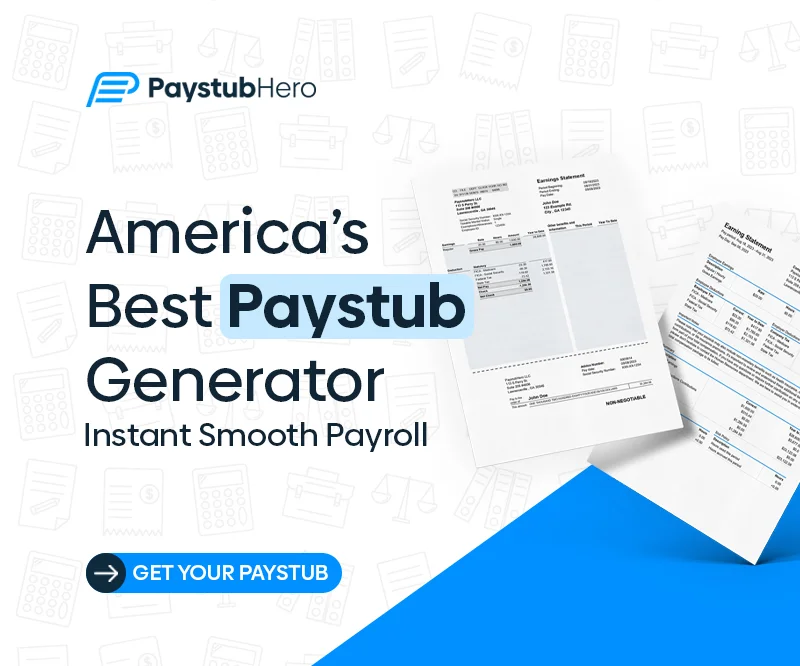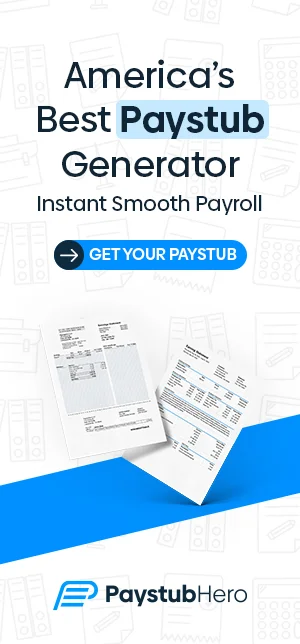2025 tax filing began on Monday, Jan. 27, so it’s officially time to get those returns in.
Let’s go over what you need to know, important deadlines, how to file, and tips to make sure you’re on top of things.
Keep reading.
Key Tax Deadlines for 2025
The 2025 tax season has started, and keeping up with deadlines can help avoid penalties, stress, and extra fees.
Here’s the breakdown.
➡ January 27, 2025 – Tax Filing Begins
This is the first day the IRS will accept tax returns for the 2024 tax year. If you’re expecting a refund, filing early is a great idea. It gets your money back faster.
Plus, early filers tend to avoid processing delays and identity theft risks. If a scammer tries to file a fake return under your name, they won’t be able to if you’ve already submitted yours.
For those who owe taxes, filing early also gives you more time to plan. Even if you wait to pay until closer to the deadline, at least you’ll know what you owe ahead of time.
➡ April 15, 2025 – Tax Day (Standard Filing Deadline)
This is the most important deadline of the tax season. For most taxpayers, this is the last day to file your return and pay any taxes owed. If you miss this deadline and owe money, expect to face late fees and interest charges.
If you’re due for a refund, there’s no penalty for filing late, but why leave money sitting with the government longer than necessary?
Filing sooner means getting your refund faster.
If you need extra time, you can request a tax extension, which pushes your filing deadline to October 15. However, keep in mind, an extension only gives you more time to file, not more time to pay.
If you owe taxes, you must still pay by April 15 to avoid penalties.
➡ June 17, 2025 – Q2 Estimated Tax Payment Due
If self-employed, a freelancer, or earning income that doesn’t have taxes automatically withheld, this is the deadline for the second quarter estimated tax payment. This payment covers income earned from April through May.
The IRS requires estimated taxes to be paid quarterly to avoid underpayment penalties. Missing these deadlines can result in additional interest and fees, so it’s important to stay on top of them.
➡ September 16, 2025 – Q3 Estimated Tax Payment Due
Another key deadline for those making estimated payments. This one covers income earned from June through August.
For self-employed individuals, budgeting for these quarterly payments is crucial to avoid a large tax bill in April.
➡ October 15, 2025 – Extended Filing Deadline
If you filed for an extension back in April, this is your final deadline to submit your tax return. There’s no more extra time after this. If you still don’t file by this date, you could face hefty late filing penalties.
➡ January 15, 2026 – Q4 Estimated Tax Payment Due
This is the last estimated tax payment deadline for those required to pay quarterly. It covers income earned from September through December 2025.
What Documents Do You Need?
Before you start, you’ll need a few key documents.
⦿ W-2 Form – This shows employees earnings and taxes withheld.
⦿ 1099 Forms – For freelancers, contractors, or anyone with side income.
⦿ Deduction Records – Receipts for business expenses, donations, or medical costs.
⦿ ID & Social Security Number – To verify your identity.
⦿ Bank Info – For direct deposit if you’re expecting a refund.
If you’re self-employed, you might also need business income records and estimated tax payment receipts. The more organized you are, the smoother the process will be.
Filing Methods
So, how do you file taxes on either of the above dates?
The best news is, you have options. Whether you prefer doing it yourself online, using software, or getting professional help, there’s a method that fits your situation.
1. E-File Through the IRS
The easiest and fastest way to file is online through the IRS’s Free File system or other tax software. If the income is below a certain limit, you may qualify for IRS Free File, which lets you use guided tax software at no cost.
Even if you don’t qualify, you can still e-file using paid tax software.
✅ Pros: Fast processing, fewer errors, and quicker refunds (usually within 21 days).
❌ Cons: May require payment if you don’t qualify for free options.
2. Tax Software
If you like handling your own taxes but want a little guidance, tax software can make things much easier. Platforms like TurboTax, H&R Block, and Cash App Taxes walk you through the process step by step, so you’re not left guessing about deductions, credits, or which filing option to choose.
They do most of the heavy lifting, making sure you don’t miss anything important. Plus, depending on your situation, you can choose a free or paid version that fits your needs.
✅ Pros: Easy to use, helps find deductions, and offers electronic filing.
❌ Cons: Some features cost extra, and it may not be ideal for complex tax situations.
3. Hire a Tax Professional
If your taxes are complicated, maybe you own a business, or have multiple income sources, a tax professional can help.
A Certified Public Accountant (CPA), Enrolled Agent (EA), or tax preparer can ensure everything is done correctly and help you maximize deductions.
✅ Pros: Less stress, personalized advice, and potential tax savings.
❌ Cons: More expensive than DIY options.
4. Paper Filing by Mail
Yes, you can still file by mailing a paper return to the IRS. Some people prefer it, but it takes much longer. In some cases, it can take up to six months to process. If you’re not in a hurry, it’s an option.
But e-filing is much faster.
✅ Pros: No software fees, good for those who prefer paper forms.
❌ Cons: Slow processing, higher chance of errors, and potential for lost mail.
Which Method Is Best?
➼ For a fast refund? E-file through the IRS or tax software.
➼ For guidance? Use tax software or hire a professional.
➼ For complex taxes? A CPA or tax professional is your best bet.
➼ For traditional filers? Paper filing is still an option, but it’s the slowest.
How Do You Stay on Top of These Dates
Having the right documents makes tax season way easier, and the best way to get them is with PaystubHero.
We provide professional, IRS-accepted W-2s and 1099 forms to ensure accuracy and compliance. Whether you’re an employee, freelancer, or business owner, we’ve got you covered.
FAQs
We’ve answered common questions about filing taxes in 2025.
If you e-file with direct deposit, you can expect your refund within 21 days, provided there are no delays. Paper filings take much longer, usually six weeks or more. The IRS also updates its "Where’s My Refund?" tool for tracking your refund status.
For the 2025 tax year, the maximum Child Tax Credit is still $2,000 per child. If you qualify for a refund, you can receive up to $1,700 as a refundable credit. The income limits haven't changed either.
If you e-filed your 2024 tax return and chose direct deposit, you should receive your refund within 21 days. Paper returns take longer, usually six to eight weeks. Processing delays may occur if the IRS needs additional verification.





